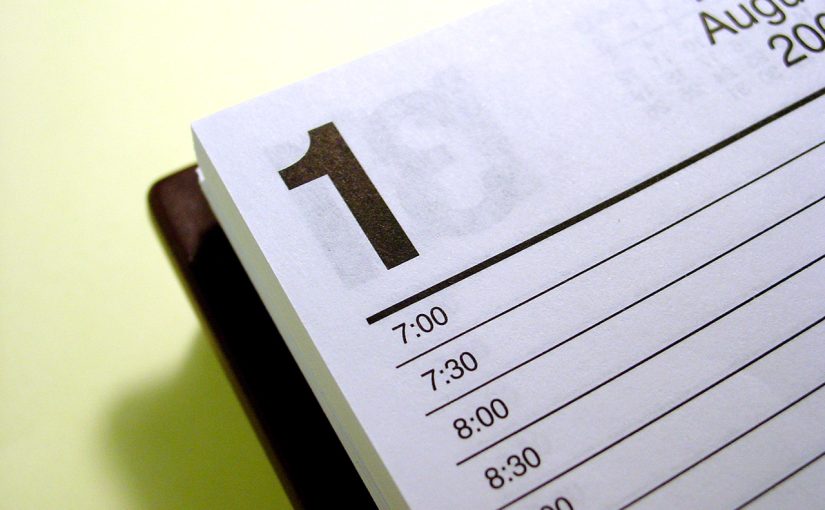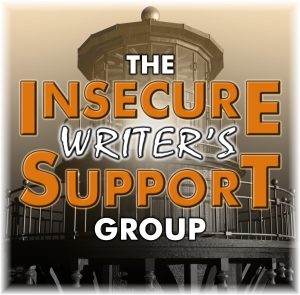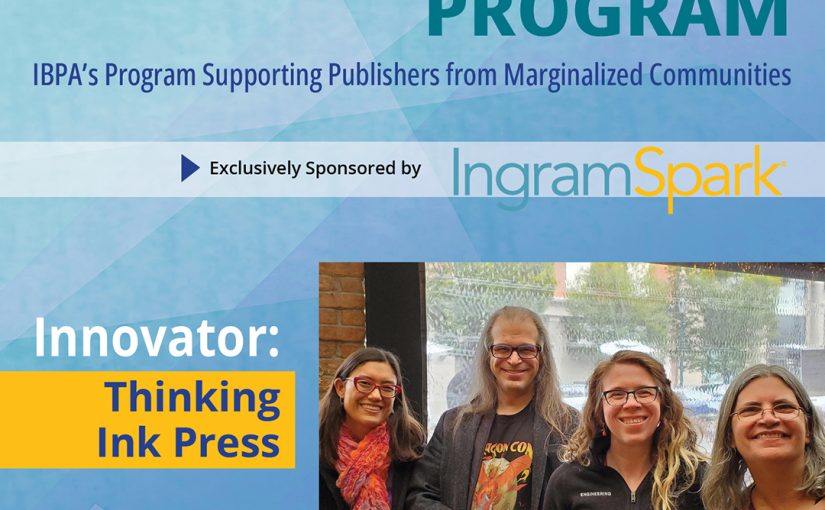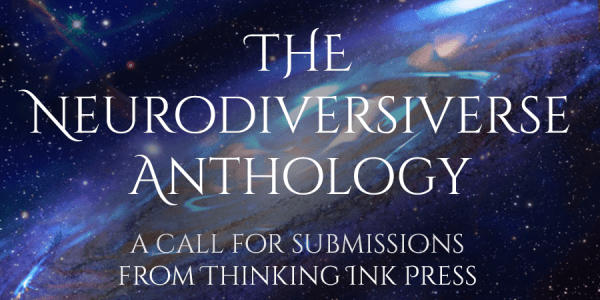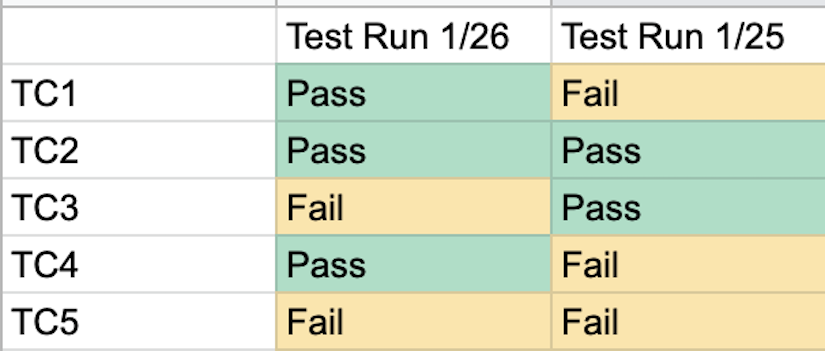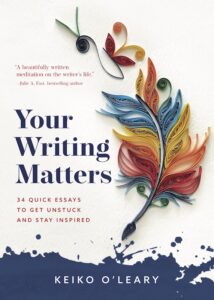I don’t think I ever posted here about my jaw issues, which means that when I have surgery, either it will come out of the blue, or you’ll never hear anything about it unless you know me on social media. I’m gonna add this one to the “things I’ve been ashamed of about myself” column, even though it’s entirely structural and there’s no logic to being ashamed about it.
So, my lower jaw has always been a bit off, since I was very little and couldn’t eat an artichoke like normal people by gripping it between my teeth. My teeth didn’t meet, it just slid through. By the time I was sixteen, I still hadn’t noticed that it was structurally wrong, but I knew my lower jaw was weird, and I thought it made me unattractive. (I was sixteen, of course I was gorgeous. Not sexy, but attractive? Sure. Who knew.) So my parents took me off to an orthodontist, who took all kinds of scans and made molds of my jaws, and sent me off to a couple of surgeons to talk about what was going on.
What was going on was (and still is) that my condyles (the vertical part of the lower jaw that connects into the jaw joint) didn’t grow correctly, so they’re about half as tall as they should be. Because of that, my jaws don’t meet right, and my upper face didn’t grow correctly either, because not having a joint operating correctly impacts things around it.
So we saw those two surgeons, and one suggested we could do double jaw surgery (i.e. cut my upper teeth apart from my skull and move them to a new position — such a wtf moment), while the other suggested we could replace both joints with teflon-coated metal parts (omg wtf). I nope-nope-noped all the way out of there, and left it to be a mildly anxiety-inducing thing that I would forget as hard as possible.
And to be honest, I did forget about it. Sure, my teeth didn’t meet, and I wasn’t a huge fan of my reflection (but who is?), but it wasn’t causing me problems (that I was aware of) and I couldn’t fathom taking a ton of time off for a surgeon to take my face apart. They told me at 16 it wouldn’t matter if I waited 6 years, so, like any sensible procrastinator, I waited 20.
As it turns out, I didn’t think it was causing me problems because I’d never known anything else, so how would I even know? I didn’t have pain, and I learned how to use my tongue and upper teeth to scrape artichokes.
As it turns out, my lower jaw (mandible) sitting back like it does means there’s extra mouth-stuff sitting further back in my head than it should, so my airway is crowded and is half as big as it should be. To compensate, I hold my head forward, which is terrible for my cervical spine, but gives me more airflow. It also causes sleep apnea at night, and we think it may be causing my vagus nerve to be pinched, causing my heart to beat too fast sometimes, my digestion to be not-great, and my anxiety to be higher than it otherwise would be.
In my mid-30s I finally came to terms with the fact that I hated my appearance. I realized how sad I felt about it, how unreasonable the hatred was, and how attractive I really was. Structural things are just structural. I came to terms with the fact that I would always look like myself and no one else, and that that would be OK.
That was when I was willing to go talk to a surgeon again about having the surgery. Once I stopped hating my face, I could bear to think about changing it. (I know it sounds backwards, but there it is.)
My new surgeon recommends the joint replacement, in addition to moving my upper jaw (maxilla) and my chin. In other words, the parts I was most scared of at 16, I should do them all. We think that double-jaw surgery would correct the functioning, but that not only are the condyles too short, the joint heads are undersized. Correcting the functioning would just put extra pressure on the joints and make them more likely to fail, which they haven’t actually done yet. (Also, my osteopath is pretty convinced that the cartilage discs that should be in the joints are dislocated and have been since I was 6 or younger. Wheeee.) So we should replace the joints and have just one surgery. (Plus the surgeries to replace the joints, which have a limited lifespan of hopefully as much as 30 years. So once at 65, and if I’m lucky they won’t need to be replaced at 95.)
And what I learned is that the teflon-coated joints that early surgeon recommended were found to be really terrible, the teflon flakes off in your head and causes all kinds of problems. So it’s just as well we didn’t do either of the surgeries when I was 16.
So, I’m going to have that surgery hopefully in the next few months. It takes 3 months to design and make the prosthetic joints, and we need to get the insurance company to approve the surgery (again! we got preliminary approval over a year ago before I got braces on), but even with COVID-19, we should be able to get it scheduled.
The recovery is going to be long, with my jaws wired shut, then physical therapy because, as my orofacial myofunctional therapist put it, they’re moving all the furniture around and your tongue won’t know where the sofa is! I’ll be off of work for weeks, and the swelling and numbness may not be completely gone for a year. But I should have even better range of motion than I have now, much better airflow, and my spine should learn to be happier.
I’ll keep you posted.
P.S. If I were more shit-together, I’d have photos of my jaws, or a diagram of what jaws look like, or something. You can google it, though.
Like this:
Like Loading...
